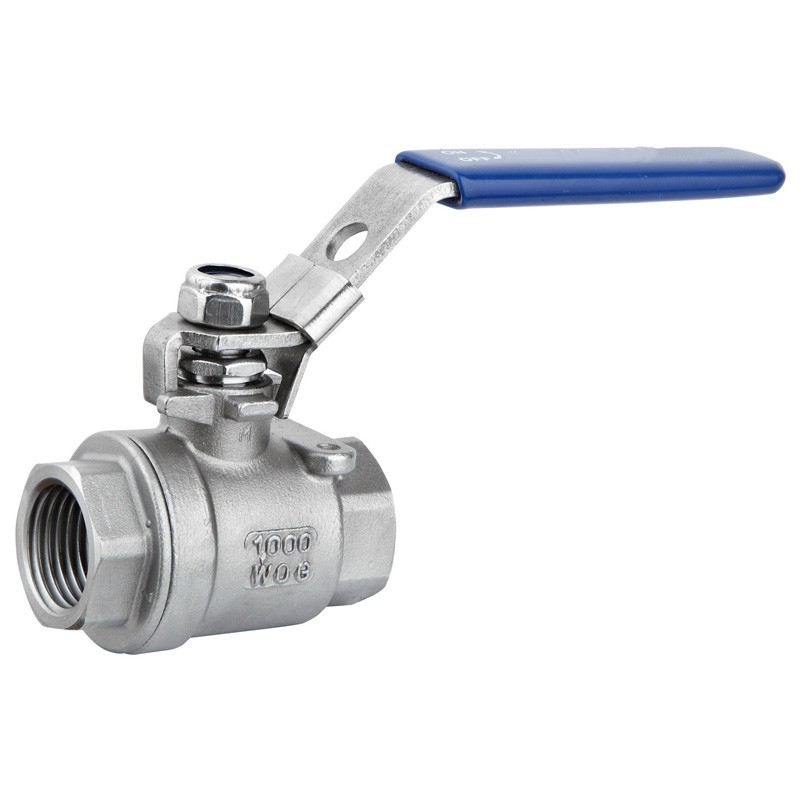high force electric actuator
High Force Electric Actuators Revolutionizing Automation and Control
In recent years, the demand for efficient, reliable, and powerful automation solutions has grown exponentially across various industries. One of the pivotal components driving this transformation is the high force electric actuator. This technology has emerged as a game-changer in the field of automation, providing enhanced performance and control across multiple applications, from manufacturing to robotics and beyond.
What is a High Force Electric Actuator?
A high force electric actuator is a mechanical device that converts electrical energy into linear or rotary motion. Unlike traditional pneumatic or hydraulic actuators, electric actuators utilize electric motors to generate force, offering several advantages in terms of precision, control, and energy efficiency. Known for their capability to deliver high forces while maintaining compact designs, these actuators are particularly valuable in scenarios where space is limited yet performance demands are high.
Principles of Operation
High force electric actuators generally consist of an electric motor, a gearbox, and a mechanism that converts the rotational motion of the motor into linear motion. The electric motor generates torque, which is then amplified through the gearbox, enabling the actuator to handle substantial loads. Depending on the design, these actuators can be linear, providing direct push or pull motion, or rotary, facilitating rotational movement for a variety of applications.
Key Features and Benefits
1. High Precision and Control One of the most significant advantages of high force electric actuators is their ability to provide precise motion control. With advanced feedback systems, these actuators enable accurate positioning and repeatability, making them ideal for applications requiring exact movements.
2. Energy Efficiency Electric actuators are known for their energy efficiency compared to their hydraulic or pneumatic counterparts. They consume power only when in operation, reducing overall energy consumption and operational costs.
3. Reduced Maintenance High force electric actuators often have fewer moving parts and do not require lubricants or fluids, which translates to lower maintenance needs. This characteristic not only reduces downtime but also extends the actuator's lifespan.
4. Environmentally Friendly With no hydraulic fluids or gases involved in their operation, electric actuators are more environmentally friendly. This aligns with the growing trend toward sustainable technologies and practices across industries.
high force electric actuator

5. Versatility These actuators can be tailored for various applications, making them versatile. From robotics and automation in manufacturing to medical devices, packaging, and automotive industries, high force electric actuators can serve multiple functions.
Applications
The applications for high force electric actuators are vast
- Manufacturing and Automation In automated assembly lines, these actuators can control the movement of parts and tools, ensuring precise operations that enhance productivity.
- Robotics High force electric actuators are crucial in robotics for moving arms, legs, or tools, allowing robots to perform tasks that require substantial force and accuracy.
- Medical Devices An example includes surgical robots, where precise motion is essential for performing delicate operations.
- Aerospace High force actuators are used in control surfaces of aircraft, providing reliable performance in conditions where safety is paramount.
- Automotive They power various applications from adjusting seat positions to actuating throttle bodies in electric vehicles.
Conclusion
As industries continue to strive for increased efficiency and precision, high force electric actuators represent a pivotal solution. Their capacity to deliver high performance while remaining energy-efficient and low-maintenance makes them an attractive option for a wide range of applications. With ongoing advancements in materials and technology, the future of high force electric actuators looks promising, further enhancing their role in modern mechanical systems and paving the way for innovative automation solutions. As we move forward, the integration of these actuators in various sectors will likely continue to grow, pushing the boundaries of what's possible in automation and robotics.
-
The Key to Fluid Control: Exploring the Advantages of Ball Valves in Industrial SystemsNewsJul.09,2025
-
The Versatile World of 1, 2, and 3 Piece Ball ValvesNewsJul.09,2025
-
Stainless Steel Ball Valves: The Ideal Choice for Efficient Flow ControlNewsJul.09,2025
-
Optimizing Fluid Control with Ball Float ValvesNewsJul.09,2025
-
Manual Gate Valves: Essential for Control and EfficiencyNewsJul.09,2025
-
Everything You Need to Know About Butterfly ValvesNewsJul.09,2025
-
The Versatility of Wafer Type Butterfly ValvesNewsJul.08,2025




